Earth
Sign up for our newsletter
We summarize the week's scientific breakthroughs every Thursday.
-
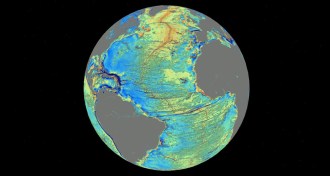 Oceans
OceansSatellites expose mysteries of the deep ocean
New detailed map of Earth’s seafloor reveals never-before-seen formations.
-
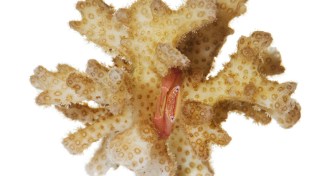 Animals
AnimalsCrabs guard coral from army of sea stars
Coral guard-crabs proved their worth during a 2008 outbreak of crown-of-thorns sea stars, with many successfully protecting their coral from being eaten.
-
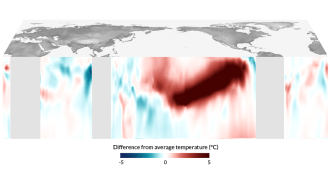 Climate
ClimateMissing winds probably foiled 2014’s chance for El Niño
Lack of antitrade winds probably hampered 2014 El Niño.
-
 Climate
Climate19th century chronicles offer clues to mystery volcano
Meteorological records narrow down the time and place of a massive volcanic eruption that helped trigger a decade of extreme cold.
By Beth Mole -
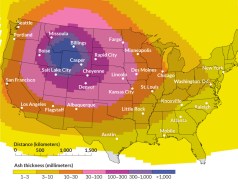 Earth
EarthSupervolcano blast would blanket U.S. in ash
A new simulation illustrates the explosiveness of the volcano that lurks beneath Yellowstone National Park in Wyoming.
-
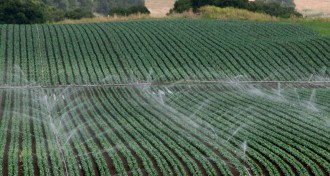 Environment
EnvironmentCrops take up drugs from recycled water
Plants irrigated with recycled wastewater can soak up tiny amounts of pharmaceutical compounds but what this means for human health is unclear.
By Beth Mole -
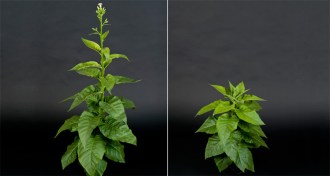 Plants
PlantsBorrowed genes raise hopes for fixing “slow and confused” plant enzyme
Inserting some bacterial Rubisco chemistry into a plant might one day boost photosynthesis and help raise crop yields.
By Susan Milius -
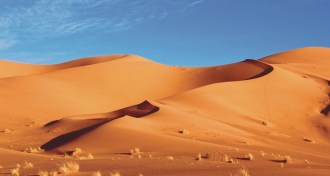 Earth
EarthShrinking ancient sea may have spawned Sahara Desert
The Saharan Desert probably formed 7 million years ago as the ancient Tethys Sea, the forerunner of the Mediterranean Sea, shrank.
-
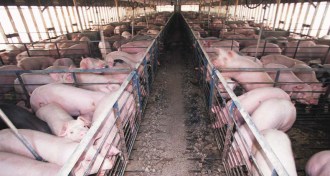 Agriculture
AgricultureDrug-resistant staph can cling to farm workers for days
Agricultural exposure to staph bacteria could threaten the health of laborers and people who live near farms, a study of pig farm workers suggests.
By Beth Mole -
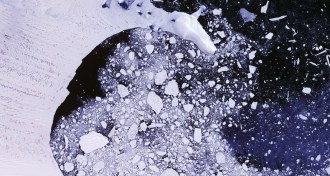 Earth
EarthWarming alone triggered Antarctic ice shelf collapse
Warming surface temperatures, not an unstable foundation, probably doomed Antarctica’s Larsen B ice shelf.
-
 Climate
ClimateGreenhouse gases reached new records in 2013
Levels of carbon dioxide in the atmosphere rose more last year than any other year since 1984, according to a September 9 report by the World Meteorological Organization.
-
